International team finds different mechanisms by which antimicrobial-resistant genes could spread among gut bacteria
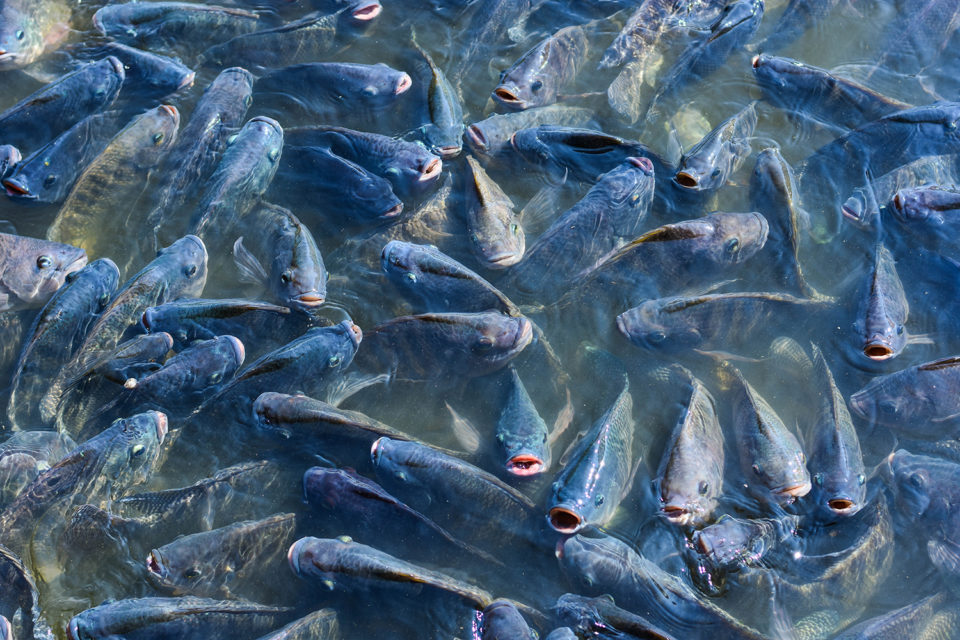
Aquaculture figures to play an important role in global food security, yet its ongoing use of antibiotics remains a concern for international food buyers. The result of excessive antibiotic use, a growing number of resistant microorganisms, makes the treatment of infectious diseases much more difficult.
Antibiotics are used in aquaculture for various purposes, such as aiding larval development or treating microbial infections in hatcheries. They can produce beneficial effects on the digestive process, allowing nutrients in feed to be used more efficiently and may prevent irritation of the intestinal lining. But they can also mount up in the tissue of aquatic animals, resulting in changes in intestinal microbial fauna and the acquisition of drug resistance.
In February 2019, researchers from Helmholtz Zentrum München, the University of Copenhagen and the University of Campinas (Brazil) published a study on antimicrobial resistance in aquaculture. They investigated a South American species called Pacu (Piaractus mesopotamicus) and recorded an increase in genes responsible for resistance when the fish were administered an antibiotic. They also found different mechanisms by which antimicrobial-resistance genes could spread among the fish’s gut bacteria. Overall, antibiotic resistances spread faster than previously understood, the authors contend.
“Aquaculture has increased dramatically in the last decades, accompanied by the use of antibiotics as a prophylactic and therapeutic treatment,” said doctoral student Johan Sebastián Sáenz Medina of the Research Unit Comparative Microbiome Analysis (COMI) at Helmholtz Zentrum München and lead author of the study. “But the influence of the administration of antibiotics in fish and effects on the gut microbiome aren’t well understood, with the underlying kinetics for dispersal of antibiotic resistance genes in the gut microbiome unclear. This is what we set out to investigate.”
Johan Sáenz and collaborators evaluated the response of the gut microbial community of Brazilian freshwater fish pacu (Piaractus mesopotamicus) to the antibiotic florfenicol for 34 days. The study was divided into three phases – pre-exposition, exposition and post-exposition to the antibiotic. Food was mixed with florfenicol during the exposition phase for 10 days. Throughout each phase, samples were taken from the fish’s digestive tracts and microbial DNA extracted, sequenced and analyzed.
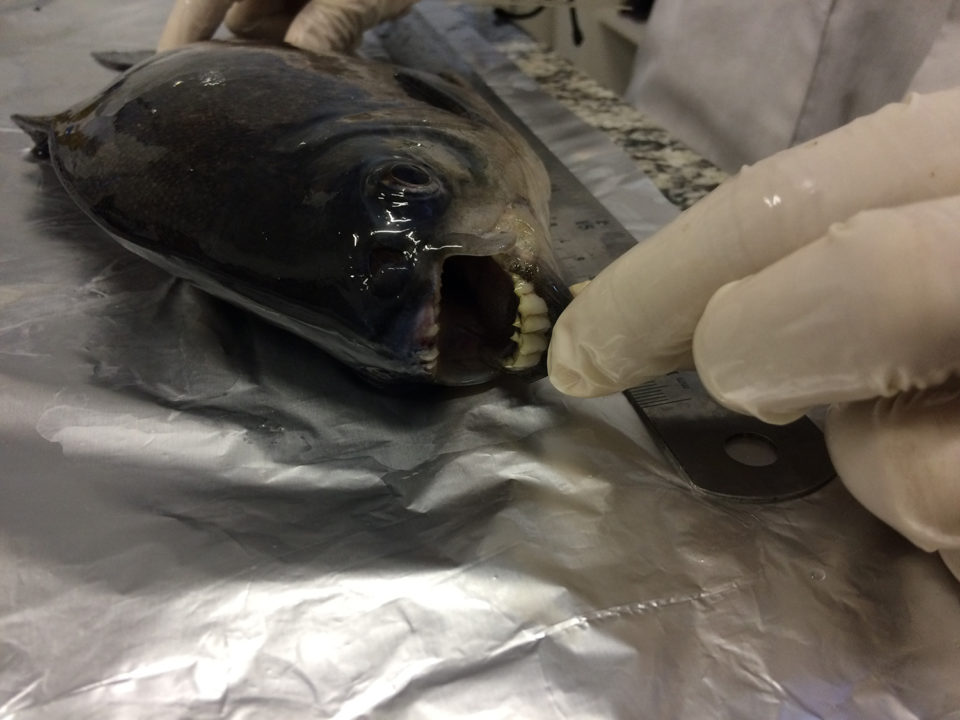
The team found that florfenicol changed the composition and functional structure of the gut microbiome, increasing the relative abundance of antibiotic resistance genes in the fish’s gut. More mobile genetic elements were also found close to the antibiotic resistance genes during antibiotic administration in the exposition phase.
“Based on our study, it seems that the oral administration of antibiotics increases the potential spread of antibiotic resistance genes in the environment. In that way, the prophylactic use of antibiotics should be avoided,” said Johan Sáenz.
Dr. Joy Watts is a Reader in environmental microbiology at the University of Portsmouth in the UK and lead author of a 2017 review on antimicrobial resistance (conducted with Dr. Michelle Hale of the School of Earth and Environmental Sciences at the University of Portsmouth and Dr. Harold J Schreier, associate professor at the University of Maryland Baltimore County’s Departments of Marine Biotechnology and Biological Sciences).
Watts told the Advocate that an antibiotic itself does not create resistance. Instead, the bacteria or other organisms that antibiotic compounds may affect can do so. This occurs as changes happen through gene transfer mechanisms or random mutations that occur at much higher rates in bacteria. Such changes allow the bacteria to pump the antibiotic out of the cell, change their cell walls to stop the antibiotic entering, inactivate the antibiotic when it enters the cell using special enzymes or alter the target to make it no longer sensitive to the antibiotic.
As the human population rises, she said, aquaculture is increasingly being relied upon to produce a safe, reliable and economic supply of food. But although food production is essential for a healthy population, an increasing threat to global human health is antimicrobial resistance.
Dr. Schreier said that intensive fish farming is one area where resistant bacteria are causing problems.
“It involves the culturing of a fish species at high density so any outbreak will rapidly spread and treatment with antibiotics is generally done with high doses, thereby increasing the risk of spreading resistance through the population,” he explained.
Could reducing antibiotics decrease resistance levels?
“It’s hoped that that will happen by following the WHO global action plan and the CDC approach to reduce antibiotics in the environment,” said Dr. Watts. “Antibiotics can continue to be used as aquaculture grows but in a regulated way, for example, through controlled treatments carried out in countries such as Norway.”
“Responsible production, handling and use of antibiotics, and understanding of resistance dispersion would induce a reduction of microbes, which are resistant towards antibiotics,” said Johan Sáenz. “However, the most important issue is linked to the high stability of antibiotics in the environment, treated animals and humans. Thus the development of easily degradable antibiotics, at least in the environment, would reduce pressure to a large extent.”
Last year, animal feed firm Bentoli said that less antibiotic use would be one of aquaculture’s trends for 2018. It appears to be happening, just a year later than predicted. Chilean firm Multiexport Foods has cut its antibiotic use for the third year in a row, with 2018’s use 30 percent less than 2017. Salmon producers in Norway have almost eradicated the use of antibiotics according to the WHO, which has already recognized Norway’s efforts. And the top Chilean salmon producers, at the recent Seafood Expo North America, pledged to halve current antibiotic usage by 2025.
But anxiety remains. In March a Canadian Broadcasting Corp. (CBC) investigation found antibiotic-resistant bacteria in 51 frozen shrimp products from Canadian grocery stores. Nine products, or 17 percent, were carrying bacteria, including E. coli and staph aureus that showed resistance to at least one antibiotic.
Concerned that the investigation would indicate that the imported, farmed shrimp is a food safety concern, the Global Aquaculture Alliance (GAA) said that although antimicrobial resistance was becoming “one of the world’s biggest public health challenges,” there are no signs that imported farmed shrimp is unsafe, so it would be misleading for the investigation to be presented as a food safety issue.
Johan Sáenz and Dr. Schreier believe that aquaculture can lead the charge for the responsible use of antibiotics and allay consumer fears.
“The first step is to promote discussions on the global regulation of antibiotics in aquaculture, establish limits of antibiotics use and develop a system where producers must document all procedures when administering antibiotics,” said JohanSáenz. “To address public concerns, aquaculture could consider the strategies used to cultivate fish and provide better quality food that isn’t just related to maximum increases in growth.”
Dr. Schreier suggests probiotic supplements in feed formulations.
“Probiotics confer to the host a health benefit through various mechanisms,” he said. “They stimulate the host’s immune system while competing against disease-causing pathogens. They are isolated from the resident microbial population of the host or from components of the culture system and are part of the natural microorganisms in healthy animals so their presence is recognized as safe to both the animal and those who consume them.
“Another suggestion is to simply culture finfish and shellfish without antibiotics,” he continued. “Aquaculture systems that use integrated recirculating technologies where fish growth occurs in fully contained environmentally controlled closed systems are well suited for this purpose. Fish grown in these land-based systems are raised in disease-free hatcheries and aren”t exposed to outside elements. The systems rely on ozone or UV for disinfection and water exchange is minimal.”
Other technologies that could be used to increase aquaculture health, he added, include phages directed at specific pathogens, vaccination and immune stimulation.
Follow the Advocate on Twitter @GAA_Advocate
Now that you've reached the end of the article ...
… please consider supporting GSA’s mission to advance responsible seafood practices through education, advocacy and third-party assurances. The Advocate aims to document the evolution of responsible seafood practices and share the expansive knowledge of our vast network of contributors.
By becoming a Global Seafood Alliance member, you’re ensuring that all of the pre-competitive work we do through member benefits, resources and events can continue. Individual membership costs just $50 a year.
Not a GSA member? Join us.
Author
-

Bonnie Waycott
Bonnie Waycott is a freelance writer specializing in aquaculture development and fisheries management, with a particular focus on Japan. She has a keen interest in the recovery of aquaculture in Tohoku, following the Great East Japan Earthquake and Tsunami of March 2011.
Related Posts
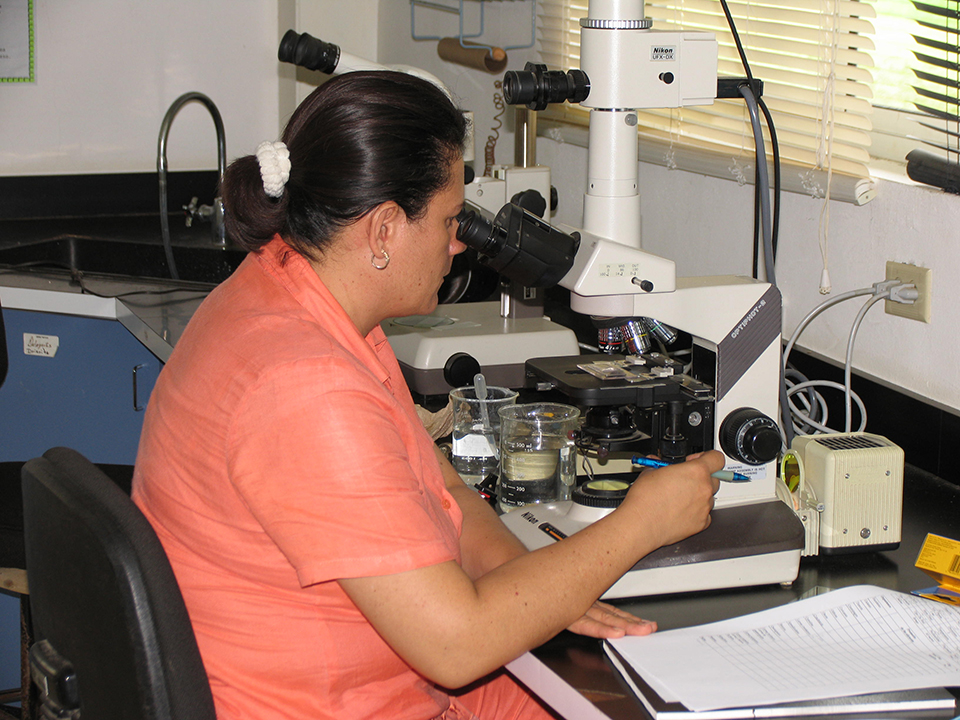
Health & Welfare
Antimicrobial resistance: Aquaculture to humans, humans to aquaculture?
The transfer of resistance from an aquaculture pathogen into a human enteric bacterium has been demonstrated in research and may be happening in the real-world environment.
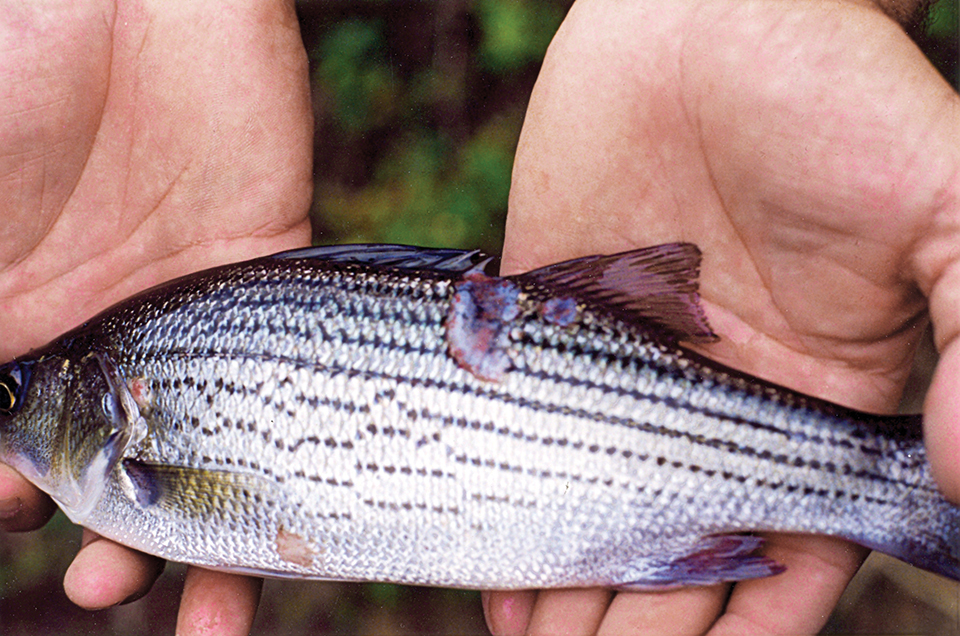
Health & Welfare
Antibiotic-resistant bacteria, part 1
No antimicrobial agent has been developed specifically for aquaculture applications. However, some antibiotic products used to treat humans or land-based animals have been approved for use at aquaculture facilities.
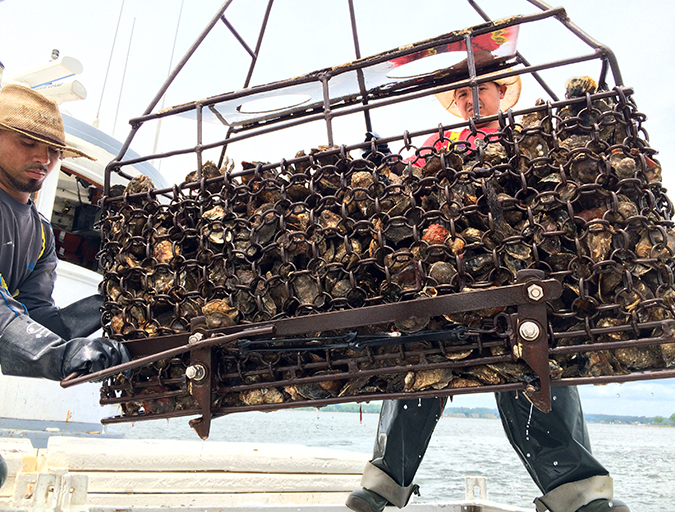
Intelligence
As ocean temperatures rise, so too will vibrio outbreaks
A study using a half-century of data has linked climate change and warming sea temperatures with an increase in illnesses from the common vibrio bacteria. Shellfish growers, fighting a particularly virulent strain of Vibrio parahaemolyticus, are changing their harvest protocols.
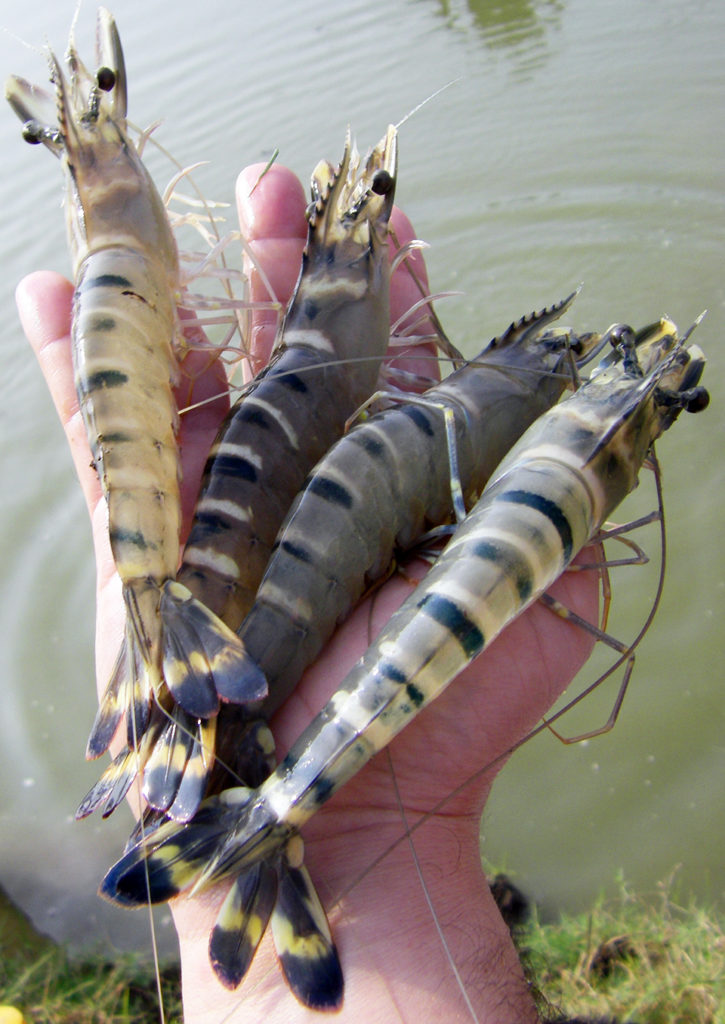
Health & Welfare
Do probiotics work in aquaculture?
Probiotics administered in feeds provide competitive exclusion of pathogenic bacteria, create conditions unfavorable for pathogens and modulate intestinal immune responses.


